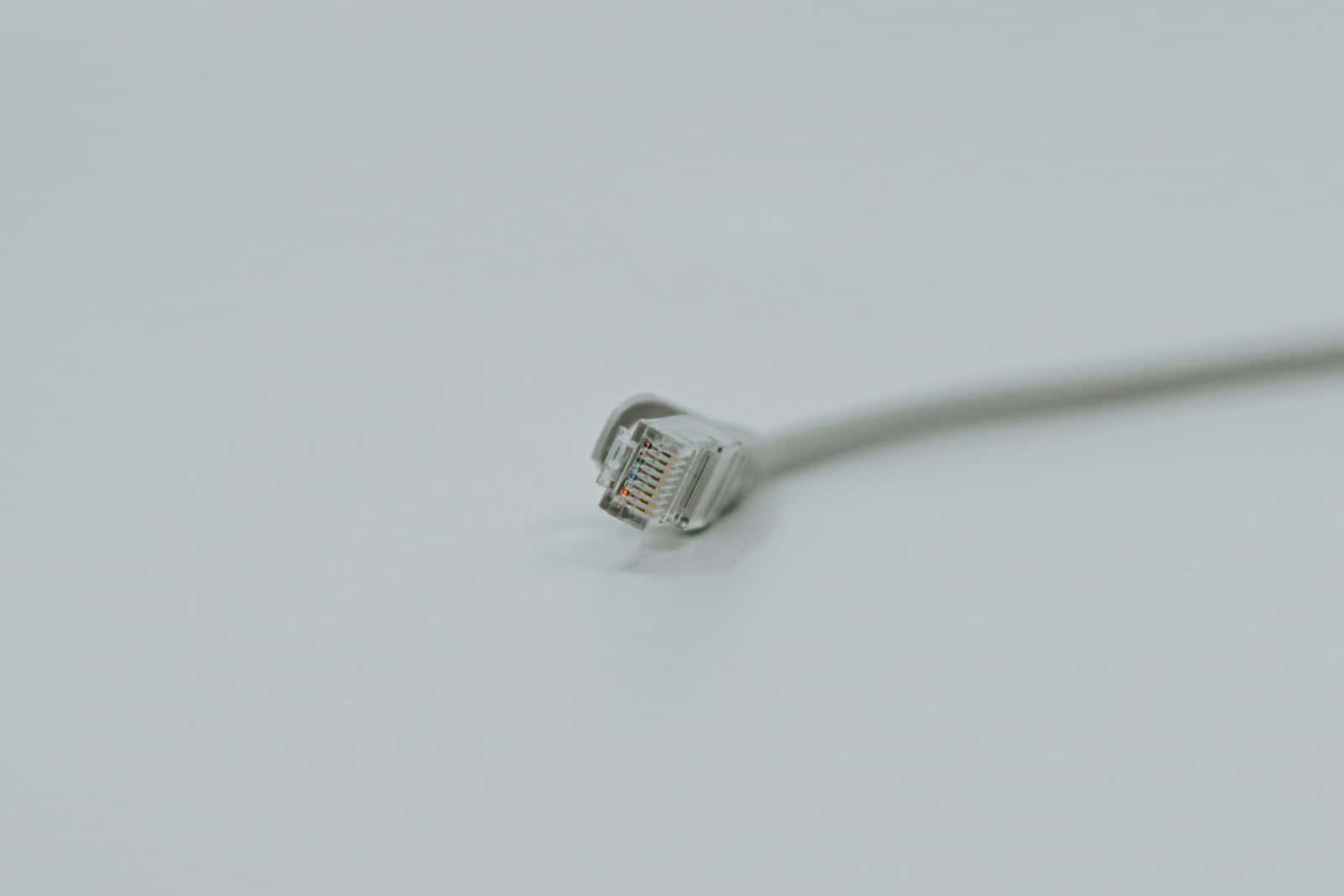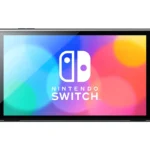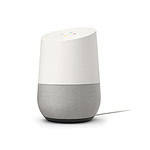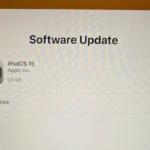A crossover cable has a specific function in networking. It is used to directly connect two devices of the same type without needing a switch or router. This allows for direct data transfer between devices. Crossover cables are useful for tasks such as file transfers between two computers or connecting two switches together. Unlike standard network cables, the design of a crossover cable involves crossing over or switching the transmit and receive lines. This enables connected devices to send and receive data simultaneously, which is necessary for direct communication between similar devices. The cables typically adhere to specific wiring standards at each end to facilitate this direct connection.
Untangling the Crossover Cable: When and Why to Use It
In the world of networking, a crossover cable may seem like an outdated relic. But for specific scenarios, this specially wired cable still serves a purpose. Let’s unravel the mysteries of crossover cables and explore their uses in today’s tech landscape.
What Makes a Crossover Cable Different?
Unlike standard Ethernet cables, which have identical wiring on both ends, a crossover cable swaps the transmit and receive wires. This crossed wiring allows two devices to directly communicate without needing a network switch or hub.
Common Crossover Cable Uses
Here are some scenarios where you might need a crossover cable:
| Scenario | Description |
|---|---|
| Connecting Two Computers Directly | If you want to create a temporary network between two computers without additional hardware, a crossover cable can do the trick. |
| Legacy Device Connection | Older network devices like hubs might require a crossover cable to connect to another hub or a computer. |
| Specific Router Configurations | Some routers have a dedicated “console port” that requires a crossover cable for configuration. |
| Direct Network Connection | In some unique setups, a crossover cable can be used to directly connect two network devices, such as two routers or two switches. |
Are Crossover Cables Still Relevant Today?
While most modern network devices use auto-MDIX technology, which automatically detects and adjusts for straight-through or crossover connections, crossover cables still have niche applications. They can be a lifesaver when dealing with older equipment or specific configurations that require direct device-to-device communication.
When NOT to Use a Crossover Cable
Avoid using a crossover cable for:
- Connecting a computer to a router or switch.
- Connecting a modem to a router.
- Connecting a computer to a modem.
In these cases, a standard straight-through Ethernet cable is the correct choice.
Important Tip:
If you’re unsure whether to use a crossover or straight-through cable, try both! Modern devices with auto-MDIX should work with either type, so it’s easy to test which one is needed.
Key Takeaways
- Crossover cables enable direct device-to-device connections.
- They are distinct due to the transmit and receive lines being crossed.
- These cables follow set wiring standards for functionality.
Technical Specifications and Wiring
Crossover cables are special types of Ethernet cables designed for connecting similar devices directly. Here’s how they are built and function.
Cable Structure and Pinouts
Crossover cables use twisted pair wiring, which reduces signal interference. The standard pinout for a crossover cable swaps the transmitting and receiving wires. In a typical T568A or T568B wiring, the following changes occur:
- Pin 1, which is usually the white/green stripe wire, connects to Pin 3 on the other end.
- Pin 2, the green solid wire, connects to Pin 6 on the other end.
The connectors used for these cables, known as RJ-45, fit snugly into the Ethernet ports on computers, routers, and switches.
Variants and Ethernet Standards
There are different Ethernet standards to consider, like Gigabit Ethernet, which impact how crossover cables work. Devices with Auto-MDIX (automatic medium-dependent interface crossover) can automatically configure to communicate with another device regardless of the cable type. However, older equipment without this feature would require a manual crossover using the correct wiring arrangement. The basic concept behind the wiring variants, like T568A and T568B, is that they ensure compatibility with both crossover and straight-through cable configurations, needed for communication between devices.







